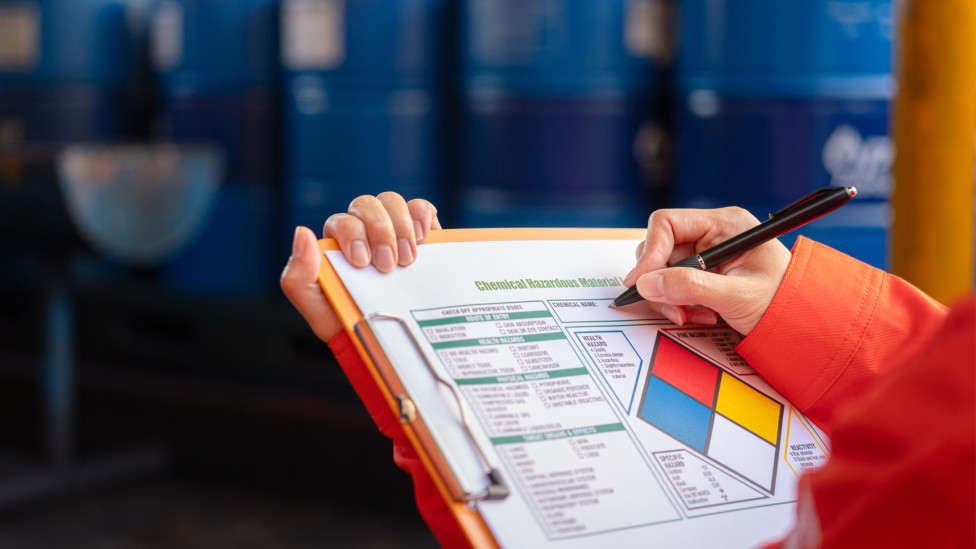117-20 - Gas Monitoring Basics

Learning objectives
- List the three major reasons gas monitors are needed
- Identify common types of gas monitors
- Describe the basic operation of a gas monitor
- Define each of the following terms: lower explosive limit, upper explosive limit, Immediately Dangerous to Life or Health (IDLH), and calibration
- Describe basic gas sampling techniques
- Explain why calibration and bump tests are performed
Course overview
When you complete this lesson, you will be able to describe the basic design and operation of a gas monitor.
- 20 minutes
- Format: Online Interactive
- English